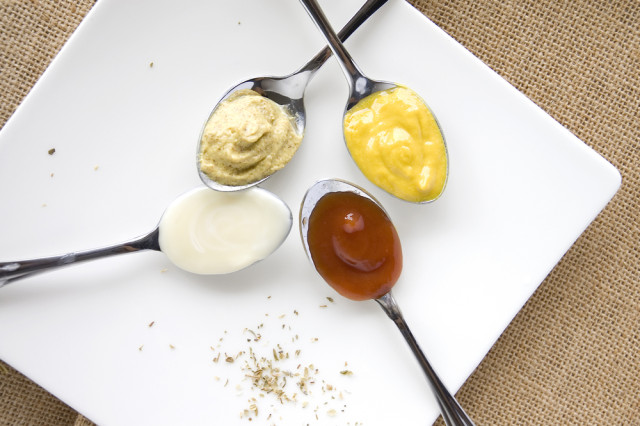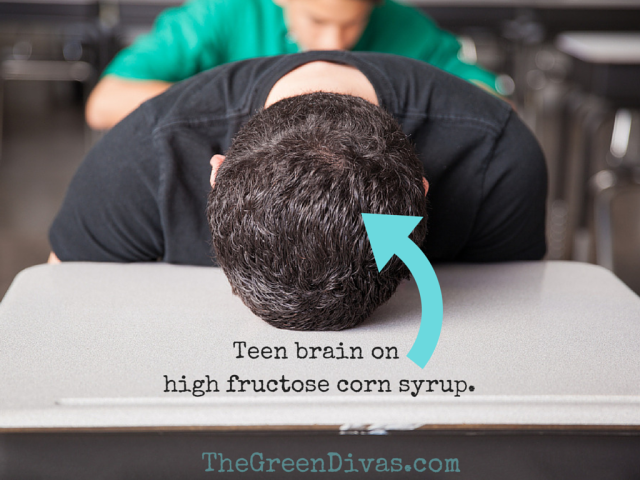
Written by Sara Novak
You’d expect to find high fructose corn syrup (HFCS) in soda and other sweetened drinks.
You’d also expect to find it in candy and cookies, and other sweet-tooth splurges. But in a society where added sugars are used as often as salt, high fructose corn syrup ends up in a lot of places that you might not expect.
Hiding places for HFCS sweeteners
One place that is a prime hiding place for the sweetener is in condiments. You might be surprised at what you see when you take a look at the condiment shelf in your refrigerator. That all-American, tomato-based special-sauce ketchup often contains high fructose corn syrup. In fact, there’s a good chance it’s number one on the ingredient list. The super-processed sweetener can also be found in barbecue sauce, mayonnaise, and salad dressings. And in many condiment-heavy houses, where one of these sweet sauces blankets our favorite foods, pretending they’re used in small quantities is largely inaccurate.
Effects on the body
High fructose corn syrup is the cheaper cousin to sugar, and as a result, it’s added to a host of processed foods. Studies have found that it dampens leptin in the brain, a hormone responsible for satiation. This means that people eat long past when they’re full, causing obesity. It’s also made with genetically modified corn. And if that’s something you’re trying to avoid, HFCS is a dead giveaway that GMOs are present.

How to avoid HCFS
Finding condiments made without HFCS is as easy as choosing organic. This means that the added sugars are made with organic sugar cane instead of HFCS. But better yet, look for condiments that don’t hide sugar at all. For example, choose ketchup that is naturally sweet as a result of the tomatoes, not added sugars.
Make your own condiments
In some cases, the best option could be making your own condiments. I always make my own salad dressings for example. This way I can control ingredients as well as saving cash on an unnecessary addition to my grocery list.
Read your labels
It’s also a good lesson in reading ingredient labels so you’re well versed in what’s actually in the foods you’re consuming. This is especially true if you’re trying to cleanse your diet of the added sugars that can add calories. Or if sugar is just an ingredient that you want to avoid for other health reasons.
Bonus:
Listen to the latest GD Health and Beauty segment…
Listen to the latest Green Divas Radio Show—and other green and healthy living podcasts—daily on GDGDRadio.com (or get the GDGD Radio app)!
[dynamic-sidebar id=’Custom Widget 2′]
Pingback: Eat Drink Better | Healthy recipes, good food: sustainable eats for a healthy lifestyle!